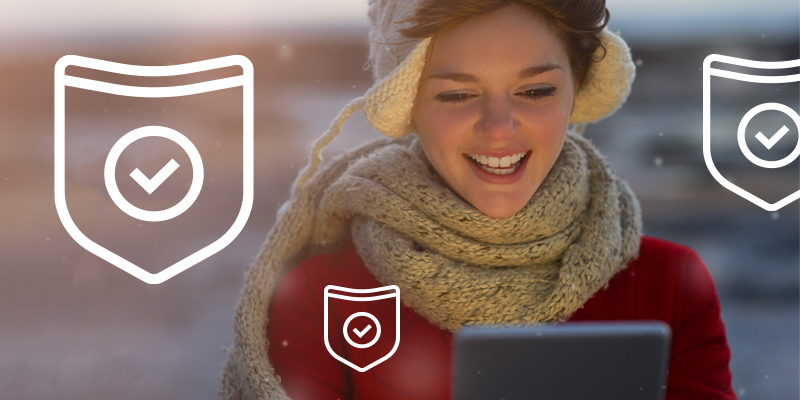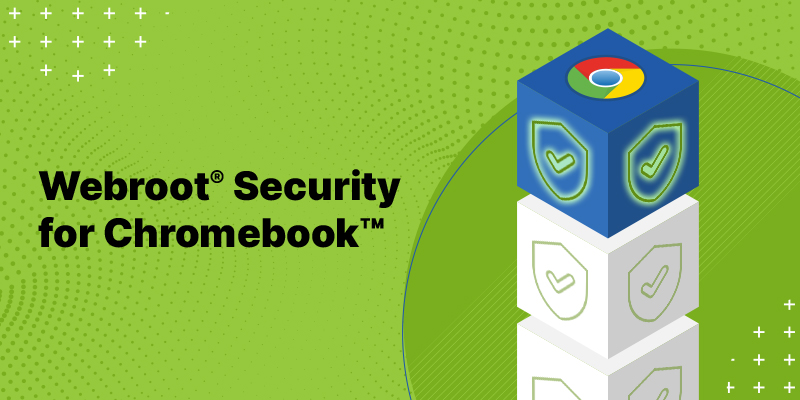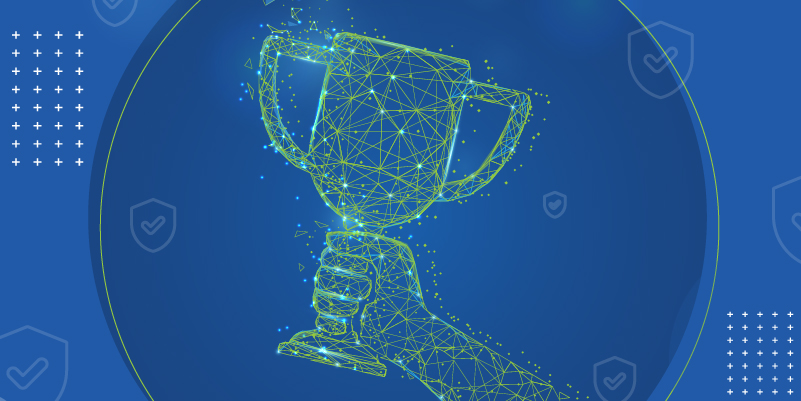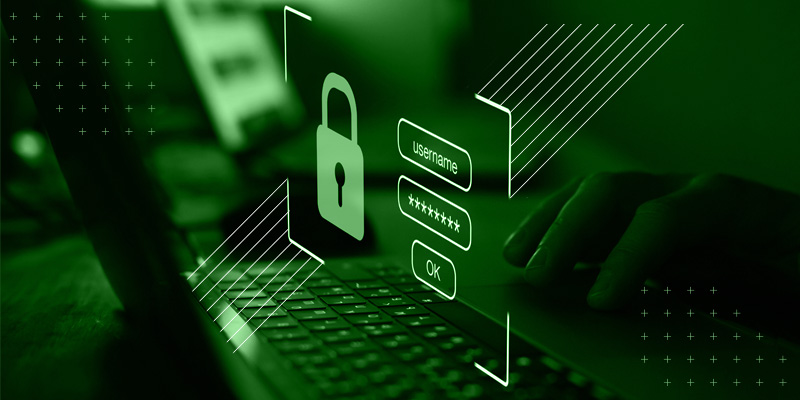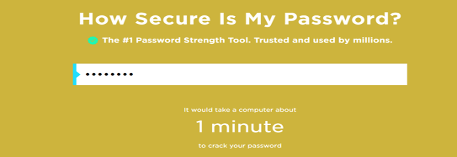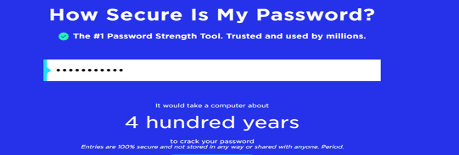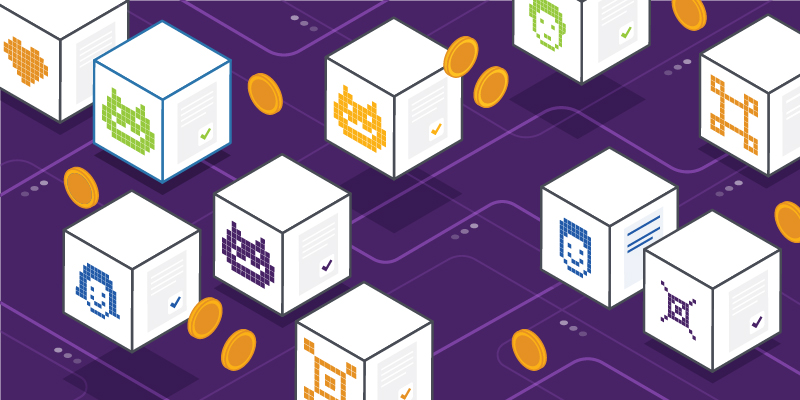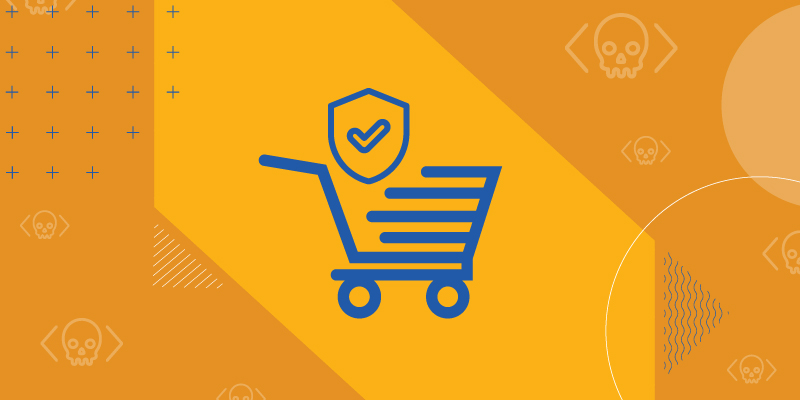Girl Scouts is proven to help girls thrive. A Girl Scout develops a strong sense of self, displays positive values, seeks challenges and learns from setbacks. I had the absolute honor of spending 3 days with the Girl Scouts in Chicago at the annual Camp CEO.
Camp CEO is a chance for the Girl Scouts to meet, talk to, and connect with the mentors who attend. More than that, though, it gave me a chance to learn from these girls. I was changed for the better after attending this camp. The girls shared their aspirations and fears. They were vulnerable with all of us, and grew tremendously even in the short time we spent together.
On day one, the girls were excited but hesitant. I remember that feeling at an event similar to this one, first day of school, even family and friend’s gatherings. It really had me reflecting on my career growth as well as my personal growth. I would not be where I am without key influential women in my life whether that be family, friends, or colleagues. I knew that I owed it to these girls to share about my successes as well as my failures and how I got there.
In order to make a meaningful connection, I wanted to first start by listening. Hearing firsthand the fears and goals they have was moving. While each girl had mentioned something different, there was a commonality there. Fears included things caused by lack of confidence, inability to problem-solve, and well-being of the community. While goals included things that require self-confidence, the ability to problem-solve, and the health of the community surrounding them.
Why this meant so much to me is each girl started the camp with more of a sense of doubt. This showed itself when they would hesitate to speak up, ask questions, or share an opinion. After we as mentors were able to lead by example and strike up conversations around us, share that we have had the same fears they feel now, and how we still experience them today and it’s okay to, we saw a difference.
What an incredible thing to see a change in a group of young women who will one day be our leaders, all within 3 days. By day 3, these girls were speaking before being asked to, making sure they voiced their opinions, and asked questions to learn how they can better themselves.
Spending time talking about and connecting around our stories really opened the door for these girls to understand it is okay to try when you’re scared, if anything, it is better to push yourself towards what you want. And along the way, you may look back and be shocked at where you landed. Having confidence in your values will assure you are always making the difference you are striving to make.
It was an honor to meet these girls and be able to give back by sharing my own teachings and experiences. While Camp CEO is meant to connect the Girl Scouts with resources they find in the mentors, I gained a resource and friend in each of these girls and cannot wait to celebrate them for years to come.












